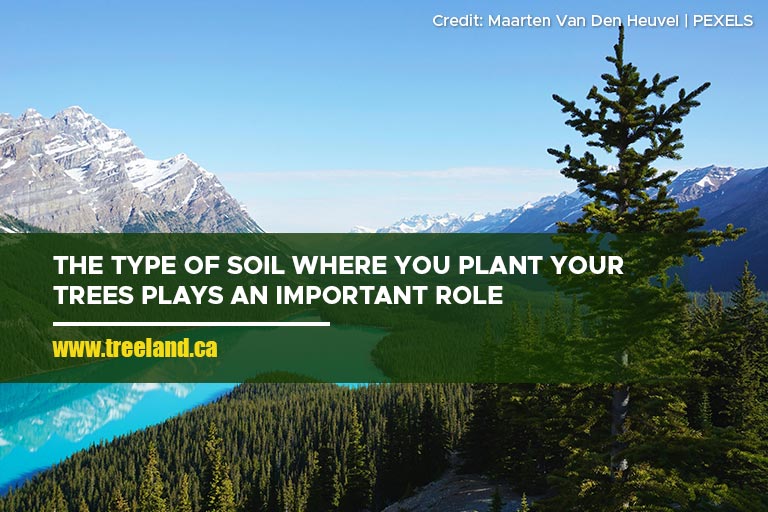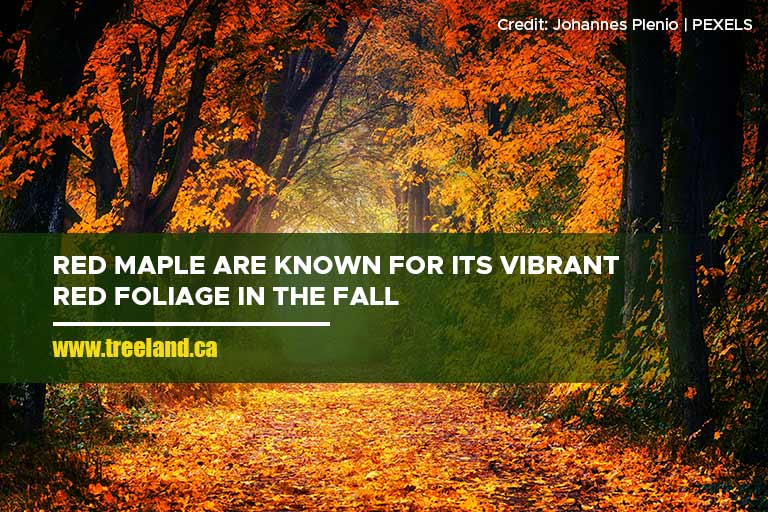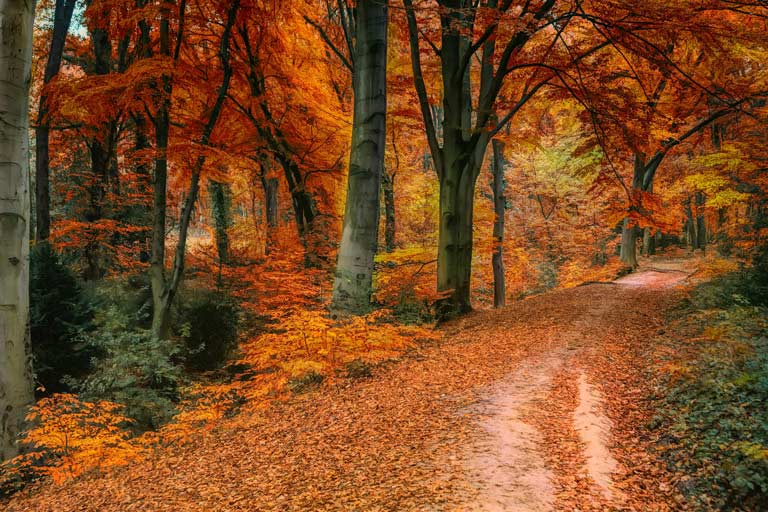Transforming your yard with the perfect trees can be a rewarding experience, especially when you choose the right tree for the right place. In Markham, Ontario, selecting the ideal tree for your landscape involves considering various factors such as soil type, sunlight, and space. This guide will help you understand how to choose the best trees for your yard, ensuring they thrive and enhance your property’s beauty.
Why Tree Selection Matters
Choosing the right tree for your yard isn’t just about aesthetics. It’s about ensuring the tree can grow healthily and contribute positively to your local ecosystem. The right tree can provide shade, attract wildlife, and add value to your home. On the other hand, the wrong tree can lead to problems like overcrowding, poor growth, and increased maintenance.
Trees for Sale in Markham, Ontario
In Markham, Ontario, local nurseries and garden centres offer a variety of trees suited for different landscapes. Knowing which trees are best for your specific conditions can make all the difference in achieving a beautiful and sustainable yard.
Understanding Your Landscape

Soil Type
The type of soil in your yard plays a crucial role in tree selection. Different trees thrive in different soil conditions. Here are some common soil types and suitable trees for each:
- Clay Soil: Heavy and nutrient-rich but can be waterlogged. Trees like Red Maple and Bald Cypress are well-suited for clay soil.
- Sandy Soil: Drains well but may lack nutrients. Eastern White Pine and Red Oak are good choices for sandy soils.
- Loamy Soil: Ideal soil type, rich in nutrients and well-draining. Most trees, including Sugar Maple and White Oak, thrive in loamy soil.
Sunlight
Understanding the sunlight patterns in your yard is essential. Some trees require full sun, while others prefer partial or full shade.
- Full Sun: Trees like Red Oak and Sugar Maple flourish in areas with at least 6 hours of direct sunlight daily.
- Partial Shade: Trees such as Serviceberry and Eastern Redbud do well with 3-6 hours of sunlight.
- Full Shade: Eastern Hemlock and American Beech can thrive with less than 3 hours of direct sunlight.
Space and Size
Consider the mature size of the tree and the space available in your yard. Planting a large tree in a small space can lead to overcrowding and potential damage to structures.
- Small Yards: Opt for smaller trees like the Eastern Redbud or Serviceberry.
- Medium Yards: Trees such as the Red Maple or White Pine fit well.
- Large Yards: Larger trees like the White Oak or Sugar Maple are suitable for expansive spaces.
Top Tree Choices for Markham Landscapes

1. Red Maple (Acer rubrum)
Overview: Known for its vibrant red foliage in the fall, the Red Maple is a versatile tree suitable for various soil types.
Features:
- Leaves: Brilliant red in autumn.
- Size: Grows up to 50 feet tall.
- Growth Rate: Fast-growing.
Benefits: Provides shade, attracts wildlife, and adds seasonal colour to your yard.
2. Eastern Redbud (Cercis canadensis)
Overview: The Eastern Redbud stands out with its stunning pink flowers in early spring.
Features:
- Leaves: Heart-shaped, turning yellow in fall.
- Size: Reaches 20-30 feet tall.
- Growth Rate: Moderate.
Benefits: Great for small yards, attracts pollinators, and offers early spring colour.
3. Sugar Maple (Acer saccharum)
Overview: The Sugar Maple is famous for its spectacular fall colours and its role in maple syrup production.
Features:
- Leaves: Orange and red hues in fall.
- Size: Can grow up to 75 feet tall.
- Growth Rate: Moderate to slow.
Benefits: Ideal for large yards, supports wildlife, and provides excellent shade.
4. White Oak (Quercus alba)
Overview: The White Oak is a majestic tree known for its longevity and stately appearance.
Features:
- Leaves: Lobed leaves that turn red or brown in fall.
- Size: Can grow up to 100 feet tall.
- Growth Rate: Slow-growing but long-lived.
Benefits: Provides habitat for wildlife, offers excellent shade, and adds significant value to properties.
5. Serviceberry (Amelanchier canadensis)
Overview: The Serviceberry is a small tree with beautiful white flowers in spring and edible berries in summer.
Features:
- Leaves: Green leaves turning yellow to red in fall.
- Size: Typically grows to about 15-25 feet tall.
- Growth Rate: Moderate.
Benefits: Ideal for small yards, attracts pollinators and birds, and provides seasonal interest.
6. Eastern White Pine (Pinus strobus)
Overview: The Eastern White Pine is a majestic tree with soft, feathery needles.
Features:
- Leaves: Long, soft needles grouped in bundles of five.
- Size: Can reach heights of up to 80 feet.
- Growth Rate: Moderate to fast.
Benefits: Provides excellent windbreaks, supports wildlife, and offers year-round greenery.
7. American Beech (Fagus grandifolia)
Overview: The American Beech is a stately tree with smooth, grey bark and golden-brown leaves in fall.
Features:
- Leaves: Glossy green, turning golden brown in fall.
- Size: Can reach up to 70 feet in height.
- Growth Rate: Slow-growing but long-lived.
Benefits: Provides food for wildlife, offers excellent shade, and is a beautiful addition to any yard.
8. Black Cherry (Prunus serotina)
Overview: The Black Cherry is known for its fragrant white flowers and dark, edible cherries.
Features:
- Leaves: Glossy green leaves that turn yellow in fall.
- Size: Can reach heights of up to 80 feet.
- Growth Rate: Fast-growing.
Benefits: Attracts pollinators, provides food for wildlife, and offers seasonal interest.
9. Red Oak (Quercus rubra)
Overview: The Red Oak is a strong, durable tree with striking red foliage in fall.
Features:
- Leaves: Dark green leaves that turn red in fall.
- Size: Can grow up to 75 feet tall.
- Growth Rate: Fast-growing.
Benefits: Provides acorns for wildlife, offers excellent shade, and adds significant value to properties.
10. Paper Birch (Betula papyrifera)
Overview: The Paper Birch is easily recognizable by its white, peeling bark and graceful form.
Features:
- Leaves: Bright green leaves that turn yellow in autumn.
- Size: Can grow up to 70 feet tall.
- Growth Rate: Fast-growing.
Benefits: Provides food for birds and mammals, offers unique visual interest, and supports wildlife.
Designing Your Yard with Trees
Plan Your Garden Layout
Placement: Position your trees to maximize their benefits. Taller trees should be placed to the north to provide shade and windbreaks.
Companion Plants: Include native shrubs, wildflowers, and ground covers to create a diverse habitat. This offers additional food sources and shelter for wildlife.
Create a Diverse Habitat
Variety: Incorporate a mix of trees, shrubs, and ground covers to offer diverse habitats for different species. This diversity attracts a wider range of wildlife.
Water Sources: Adding a birdbath or small pond can attract a wider range of wildlife and provide essential hydration.
Maintain a Healthy Garden
Pest Management: Use eco-friendly methods to manage pests and diseases to protect your trees and the wildlife they support. Avoid using chemical pesticides that can harm beneficial insects.
Regular Care: Ensure your trees and garden receive the necessary care to keep them healthy and thriving. This includes regular watering, mulching, and pruning as needed.
Selecting the right tree for your lawn in Markham, Ontario, is crucial for crafting a beautiful and sustainable landscape. By taking into account factors like soil type, sunlight, and available space, you can choose trees that will thrive and enhance your property. The top tree options mentioned offer a range of choices to match various landscapes and preferences. If you’re ready to transform your garden with stunning trees and creative design, contact Caledon Treeland at (905) 880-1828.
FAQs
What are the benefits of planting native trees?
Native trees are adapted to the local climate and soil conditions, making them easier to care for and more likely to thrive. They also support local wildlife by providing food and shelter.
Where can I find native trees for sale in Markham?
You can find native trees at local nurseries, garden centres, and online retailers in Markham. Many of these places offer a variety of options and expert advice.
How do I plant a native tree?
Dig a hole twice as wide as the root ball and the same depth. Place the tree in the hole, fill it with soil, and water thoroughly. Apply mulch around the base to help retain moisture.
How do native trees benefit local wildlife?
Native trees provide food sources , such as seeds and nectar, and offer shelter and nesting sites for various bird species and insects.

